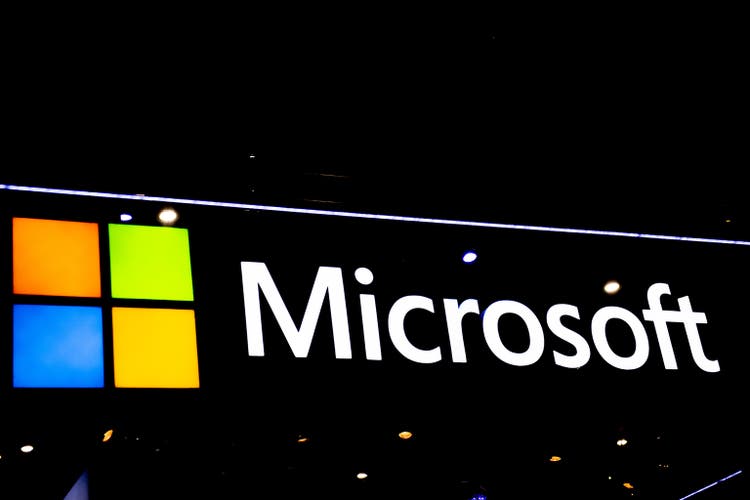Microsoft looks appealing as ‘strong, durable’ demand should boost growth

David Ramos
Microsoft (NASDAQ:MSFT) shares have fallen nearly 30% year-to-date as investors have worried about a slowdown in the PC business, the company’s all-important Azure cloud unit and enterprise software spending. But while those issues are likely to keep investors on their toes, Morgan Stanley analyst Keith Weiss said Microsoft’s (MSFT) “strong and durable” demand in its commercial businesses should help boost revenue and earnings growth in the second half of next year, and make the stock appealing at these levels.
In a research note, Weiss said the Microsoft’s (MSFT) unique position as a one-stop shop should help demand hold up better than some of its competitors. Weiss said that one factor in Microsoft’s (MSFT) favor is that it has a “strong competitive positioning” ahead of large growth opportunities in the software market.
“The company looks to sustain current investments to capture market share, win a higher portion of IT budgets as companies look to consolidate vendors, and maintain strategic long-term positioning,” Weiss said.
Weiss has an overweight rating and $307-a-share price target on Microsoft (MSFT), or about 20% upside from current levels.
Weiss added that Microsoft’s (MSFT) strength has been the fact that its position in key markets is still unchanged, and the company has continued to shift where it generates revenue from, including Azure and Dynamics 365. Coupled with the “relatively durable” growth of Office 365, Weiss believes these initiatives should help support Chief Executive Satya Nadella and the company’s goal of constant currency growth of 20% in its commercial businesses.
Going deeper, Weiss noted that Microsoft (MSFT) is likely to keep seeing strength in its commercial businesses, as signs of demand are still positive. Weiss said evidence of that can be found in recent conversations with management, earnings commentary, channel checks and the firm’s recent CIO survey.
Weiss noted that Microsoft (MSFT) has seen “strong momentum” in machine learning, with revenue from Azure machine learning up more than 100% for the fourth quarter in a row. Additionally, GitHub, which the company bought for $7.5B in 2018, is now generating more than $1B in annual recurring revenue from more than 90M users.
Power apps, LinkedIn, Teams and other parts of the commercial business have also been strong in recent quarters, Weiss said.
There’s also the possibility that Microsoft (MSFT) could see an acceleration in revenue going into the second half of 2023. Weiss said sales could speed up as the negative headwinds from foreign exchange slow down, price increases for Office 365 go into effect, and certain business units, including Windows, Office Commercial, LinkedIn and Dynamics, face easier comparisons, Weiss explained.
There’s also the expectation that operating expenses are expected to “normalize” in the second-half of fiscal 2023, down towards 8% year-over-year growth, as the company recently paused hiring.
In July, Microsoft (MSFT) reportedly cut job listings in its Azure security unit and shed 1% of its entire workforce.
In October, additional cuts were made, as Microsoft (MSFT) laid off nearly 1,000 employees across multiple divisions, including its Xbox unit.
While all may appear rosy for Microsoft (MSFT), Weiss noted there are some investor concerns for the Redmond, Washington-based tech giant, notably about its margins and revenue growth.
Though the company has trimmed its headcount in recent months, there is the potential for a “larger than expected” operating expense guidance going into the company’s fiscal second-quarter, even as the economy gets weaker and investors focus more on margins.
And with a slowing economy comes the potential for sales to slowdown, despite all of the focus being on “durable” 20% constant currency growth, Weiss added.
Last month, Microsoft (MSFT) declared its 68-cent-per-share quarterly dividend, payable on March 9 to shareholders of record as of February 16.







